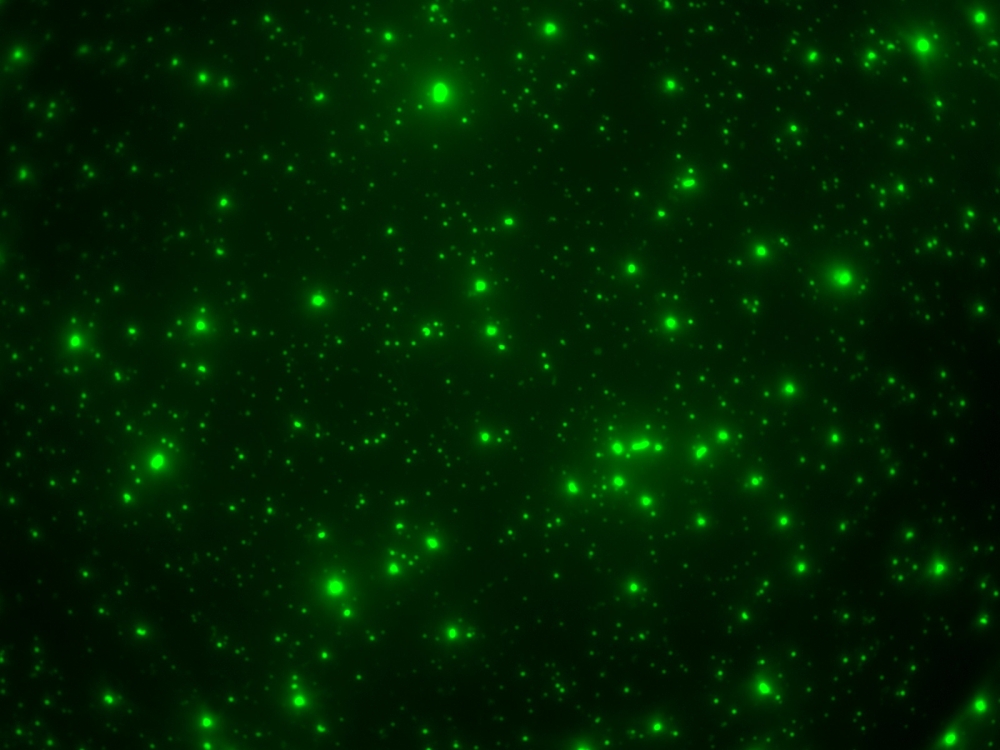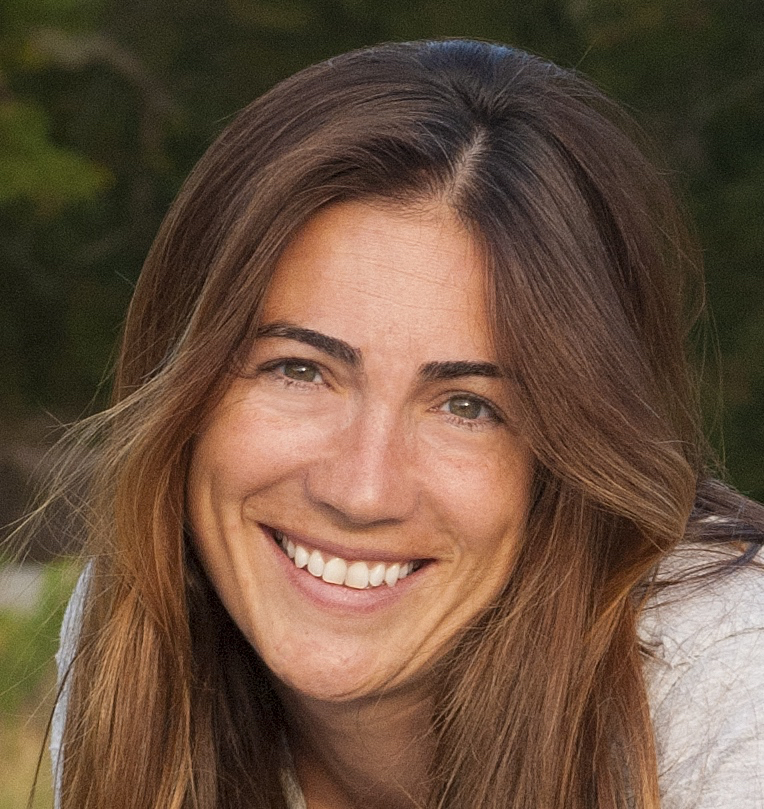
The Confluence of Science and Art

Sometimes conferences pay off. Pun intended.
For UC Santa Barbara microbiologist Alyson Santoro, the 2016 National Academies Keck Futures Initiative (NAKFI) conference proved that point twice over, when she received a pair of grants to pursue work inspired by the year’s theme, “Discovering the Deep Blue Sea.”
Designed to manifest concrete projects that produce educational, cultural, social or scientific impacts, NAKFI grants provide seed funding for important new research and activities that are sparked by the NAKFIannual conference and that bring people together in fresh ways.
Santoro’s work certainly fits the bill. In two projects, she’ll meld science with art to explore microbes and the notion that they may serve as the ocean’s “memory.”
The first project, “Small Wonder: Inside the World of Marine Microbes,” will bring together an interdisciplinary team of scientific researchers and digital media practitioners to develop innovative content and activities for the Smithsonian National Museum of Natural History’s Ocean Portal website. Through the use of video and an interactive online piece, visitors will be able to immerse themselves in the small world microbes inhabit within the ocean ecosystem and explore new tools to both visualize and contextualize the vastness of marine microbial diversity.
“This project will put microbes in the spotlight and test new ways of engaging with the public,” said Santoro, an assistant professor in the Department of Ecology, Evolution, and Marine Biology. “Our team will leverage 360-degree interactive video captured during scuba diving or on oceanic research cruises as a novel way of engaging the public.”
The Small Wonder project also will incorporate a series of how-to articles for people to engage with microbes through tangible means. For example, Santoro and collaborator Andrew Quitmeyer, an assistant professor at the National University of Singapore, will create build-your-own microbe papercraft models. In addition, they will offer patterns for amigurumi, the Japanese art of knitting and crocheting small, stuffed yarn creatures — in this case, microbes — and LED-embedded projects that mimic bioluminescent microbes.
“We are excited to have microbes join our library of ocean topics on the website, where our audience can gain a deeper understanding of the fascinating microscopic world they inhabit,” said co-principal investigator Emily Frost, managing editor of the Smithsonian’s Ocean Portal and a UC Santa Barbara alumna.
Santoro is collaborating on a second NAKFI grant that will fund the Deep Sea Memory Project, an exploration of the largely unknown world of the deep sea in the context of memory. This project — led by Timothy Broderick, chief scientist of Ohio’s Wright State Research Institute — will employ transdisciplinary workshops to spur innovative science and art projects that bolster the understanding of climate change and communicate how it is recorded by the deep ocean and its inhabitants. Additional team members are Brooklyn-based visual artist Daniel Kohn and Margot Knight, executive director of the Djerassi Resident Artists Program.
“We recognized that ocean microbes and their DNA may serve as a type of memory in the ocean and as a powerful metaphoric potential of memory mapped onto the deep ocean,” Santoro explained. “We hypothesize that environmental changes are recorded in deep sea ‘memories’ encoded via genetic and epigenetic mechanisms within organisms as well as physical traits within the dynamic structure of the ocean itself.”
The project’s workshops will be hosted at the Friday Harbor Laboratories on Washington state’s San Juan Island and the Djerassi Resident Artists Program in Woodside, California. Not only will they seed experimental and experiential exploration of the deep sea, they also will consolidate a budding community of scientists and artists who have expertise in disciplines such as memory, microbiology, oceanography, epigenomics, ecology, evolution, music, visual art, theater, machine learning and design.
The researchers anticipate the workshops will result in at least two innovative science and art projects focused on such topics as ocean microbiome and ecological memory processes; epigenetic information encoding in the deep ocean; hybrid deep neural networks and geospatial ocean mapping; fluid dynamics and visual art; theatrical and operatic works; and Greek myth and contemporary fiction.



